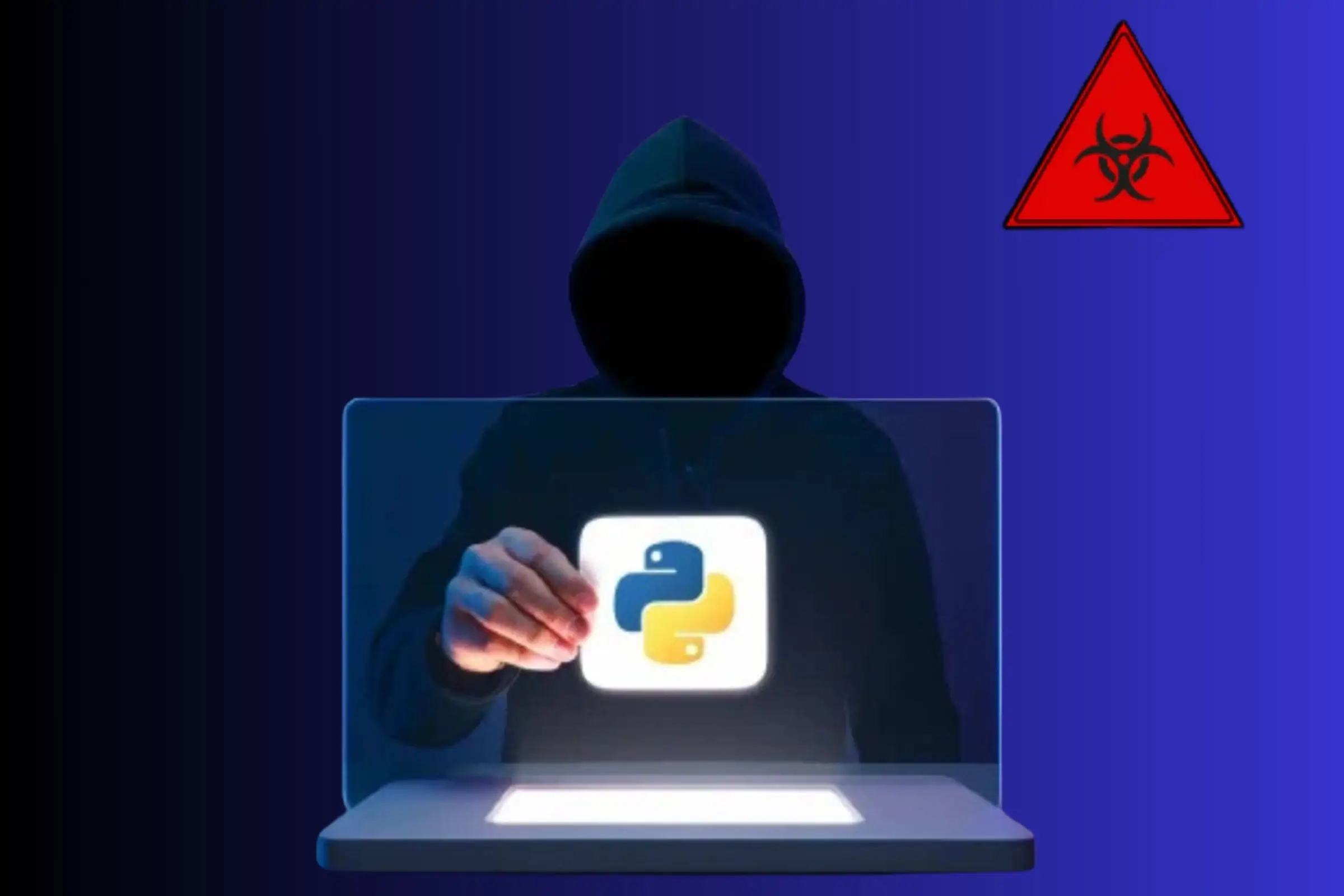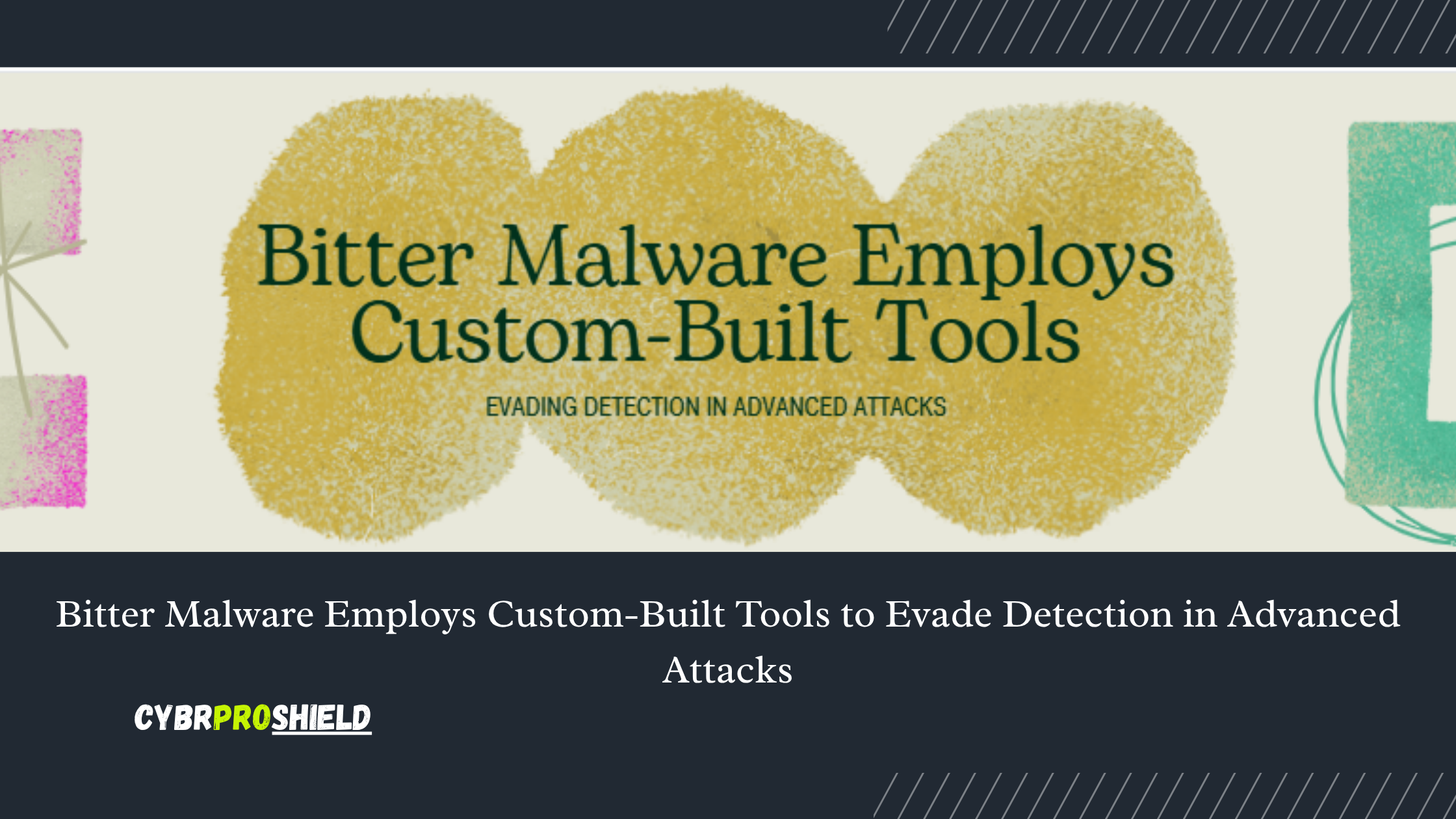Lumma Stealer, also known as LummaC2, is a rapidly evolving infostealer malware that has gained significant traction across dark web forums and cybercriminal communities. Originally emerging in 2022, Lumma has since matured into a highly modular and scalable malware-as-a-service (MaaS) offering, specifically engineered to extract sensitive data from compromised systems. With regular feature updates, evasive capabilities, and increasing popularity among threat actors, Lumma Stealer has become one of the most dangerous data-stealing threats in circulation today.
How Lumma Stealer Infects Devices

The infection process of Lumma Stealer typically begins with malicious attachments, malvertising, or weaponized software cracks. Threat actors often use phishing emails or SEO poisoning to lure users into downloading infected executables, particularly .exe or .scr files disguised as legitimate software. Once executed, Lumma silently runs in the background, initiating a series of steps to collect and exfiltrate valuable user data.
Key Initial Infection Vectors Include:
- Spam emails with .exe payloads
- Fake browser updates or software installers
- Malicious links embedded in cracked software torrents
- Exploit kits targeting unpatched vulnerabilities
Lumma Stealer utilizes process hollowing and anti-VM techniques to avoid detection and analysis. Once inside, it begins its core task: harvesting credentials and personal information.
Capabilities and Data Harvested by Lumma Stealer
Lumma Stealer is notorious for its wide data-harvesting capabilities. It is built to extract a vast range of information from infected machines, focusing primarily on credentials and financial data.
Data types stolen include:
- Browser-stored credentials (Chrome, Edge, Firefox, Opera)
- Saved credit card details
- Browser cookies and session tokens
- Auto-fill forms and stored personal info
- Cryptocurrency wallet data (Exodus, MetaMask, Atomic, etc.)
- FTP credentials and desktop files
- System and network information
Moreover, Lumma implements a sophisticated loader module that allows it to fetch additional payloads post-infection. This makes it not just a data stealer, but also a potential initial access broker for ransomware groups.
LummaC2 Infrastructure and Threat Actor Tactics
Lumma operates under a subscription-based model on underground forums, with prices ranging from $250 to $1,000 monthly depending on features. Customers are given access to a centralized command-and-control (C2) panel, known as LummaC2, which provides real-time logs of stolen data, infection analytics, and payload deployment options.
Key threat actor strategies with Lumma Stealer:
- Regular payload encryption and obfuscation
- Abuse of cloud services for C2 communication
- Fast-flux DNS to rotate IPs and domains
- Credential-stuffing campaigns using harvested data
Lumma’s developer team frequently updates the stealer to bypass new security detections. The malware is often bundled with custom packers, designed to evade antivirus solutions and EDR systems.
Recent Trends and Variants in 2024–2025
In late 2024 and early 2025, researchers noticed a spike in new Lumma variants, with enhanced obfuscation techniques and payload delivery through malicious Excel macros and .XLSM files. These versions include:
- Lumma 4.0+ with native support for 2FA token theft
- XLSM-based macro loaders using PowerShell to fetch payloads
- Multilingual versions aimed at broader geographic targets
- Impersonation of legitimate applications (e.g., Windows utilities or updates)
Some campaigns distribute Lumma via drive-by downloads on fake tech support sites, increasing infection rates among non-technical users. Additionally, its integration with Telegram bots allows threat actors to receive instant updates on infected machines.
Indicators of Compromise (IOCs) and Detection Techniques

Despite its sophistication, Lumma Stealer leaves several observable traces that can aid in detection and prevention. Cybersecurity teams should monitor for the following IOCs:
Common IOCs:
- Unusual outbound connections to rare or suspicious IP addresses
- Processes spawning cmd or PowerShell scripts unexpectedly
- Files in AppData/Roaming with random filenames
- Presence of executables named similarly to known software, but unsigned
- Exfiltration via HTTP POST to unfamiliar domains
Advanced EDR tools and behavior-based detection systems can flag these anomalies, especially when sandboxed behavior analysis is applied.
Mitigation Strategies and Defense Mechanisms
Protecting against Lumma Stealer requires a multi-layered security posture. Organizations should implement both technical and human-focused controls to reduce the risk of infection.
Technical Defenses:
- Application allowlisting and endpoint hardening
- Disabling macros and blocking script execution where unnecessary
- Regular patching of browsers and third-party applications
- Deployment of AI-based antivirus and EDR systems
- Inspection and filtering of outbound traffic at the firewall level
User-Centric Defenses:
- Ongoing phishing awareness training
- Encouragement of strong, unique passwords with MFA
- Restricting admin privileges for end users
- Regular backup policies with offline storage options
Lumma Stealer vs Other Infostealers
Compared to other info-stealers such as RedLine, Racoon Stealer, and Vidar, Lumma Stealer is notable for:
- Frequent updates and developer responsiveness
- Clean, user-friendly C2 dashboards
- Faster exfiltration of larger data volumes
- Extended compatibility with newer browsers and wallets
Its high level of customization, modular design, and evasion capabilities make it particularly dangerous in the hands of even moderately skilled threat actors.
Conclusion: The Growing Threat of Lumma and What Lies Ahead
As Lumma Stealer continues to mature, its impact on both individual users and organizations escalates. With consistent updates, aggressive marketing on dark web forums, and integration with other cybercrime tools, Lumma is set to remain a top-tier infostealer threat. Cybersecurity teams must remain vigilant, keeping up with emerging variants and ensuring that both technical defenses and user training are up-to-date.
Proactive monitoring, threat intelligence, and incident response preparedness are essential in minimizing exposure to this threat. The cybercrime landscape is evolving fast, and Lumma Stealer is a strong indication of how quickly malware-as-a-service models are empowering global threat actors.










